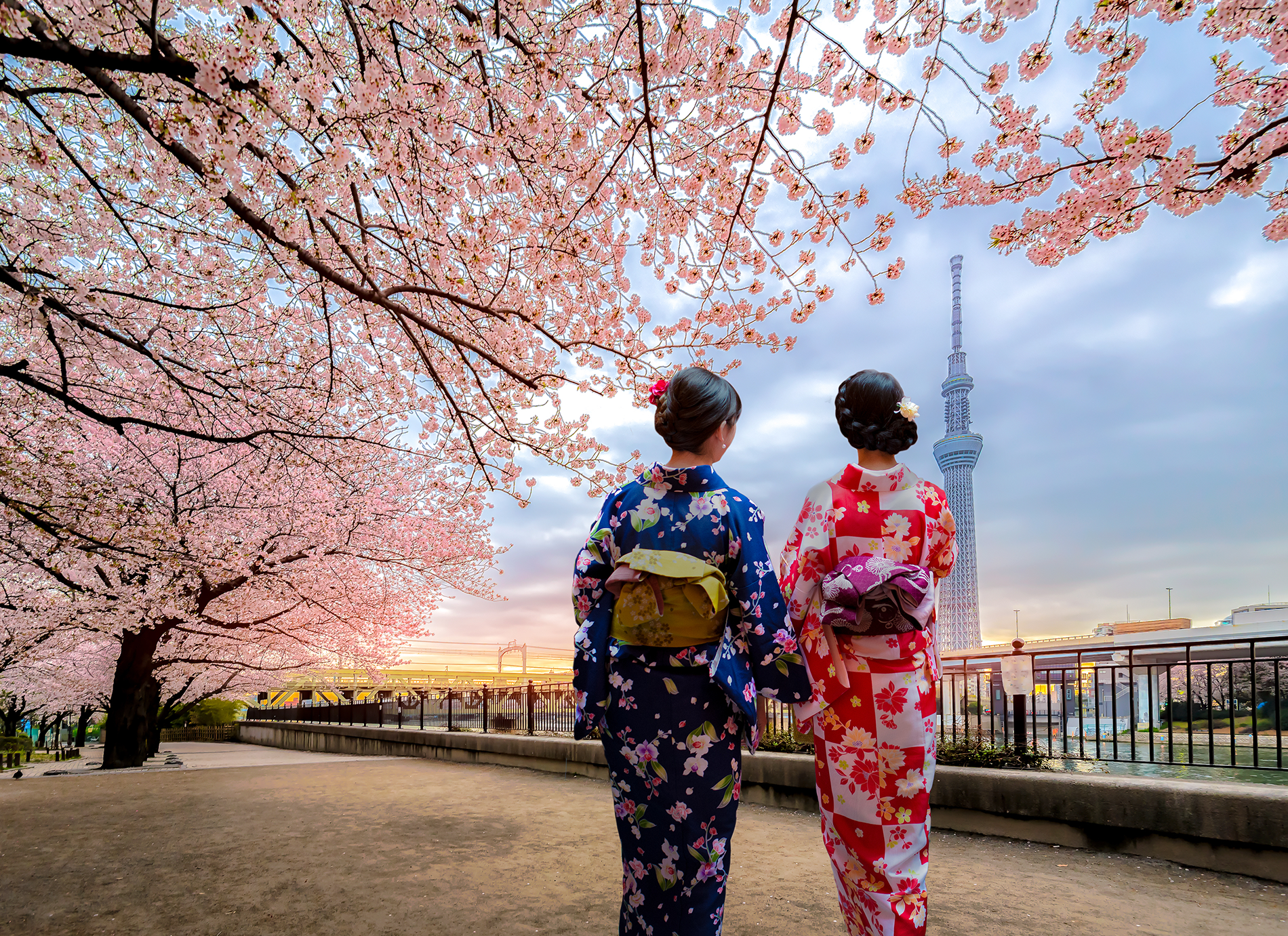Tokyo, has a vibrant and cosmopolitan dining scene and a strong culture of eating out. Foodists visiting the capital can get anything here, and it will be often done to perfection: all the Japanese staples, such as tempura, tonkatsu (deep-fried pork cutlets), yakitori (chicken grilled on skewers), soba (buckwheat noodles) and okonomiyaki (savoury pancake); regional dishes from all over Japan, including Kyoto-style kaiseki (Japanese haute cuisine); and a wide spread of international cuisines.
The dish not to be missed is nigiri-zushi, the style of sushi most popular around the world today: those bite-sized slivers of seafood hand-pressed onto pedestals of rice. It’s a dish that originated in the urban culture of Edo (the old name for Tokyo) and is sometimes still called ‘Edo-mae’ sushi (as in the style of Edo).
Eating
Inua Multi-course affairs represent an ambitious and spectacular Nordic take on seasonal Japanese ingredients.
Kizushi is a famous old-school traditional sushi restaurant established in 1923.
Tempura Kondō Michelin 2-star considered to be the most exquisite Tempura restaurant in Tokyo.
Mensho on a quest to take over the ramen world.
Tonki iconic tonkatsu (deep-fried pork cutlet) restaurant.
By Budget
¥
Commune 2nd Hip outdoor space with vendors serving all kinds of dishes.
Misojyu Trendy new spot for miso soup and creative onigiri (rice balls).
Delifucious Fish burgers from a former sushi chef.
¥¥
Sushi Dai The best-value sushi set in the city, but you’ll have to queue.
Steak House Satou Reasonably priced wagyū (Japanese beef) steaks.
Innsyoutei Elegant, but affordable, traditional Japanese in a beautiful wooden building.
¥¥¥
Kikunoi Tokyo branch of legendary Kyoto kaiseki (haute cuisine) restaurant.
Asakusa Imahan Historic restaurant for top-class sukiyaki (sauteed beef dipped in raw egg).
Kozue Exquisite classic-meets-modern Japanese dishes, with distractingly good views over the city.
By Cuisine
Sushi
Sushi Dai The spot for sushi breakfast inside Toyosu Market.
Kyūbey Rarefied Ginza sushi at its finest.
Nemuro Hanamaru One of the city’s best kaiten-sushi (conveyor-belt sushi restaurants).
Ramen
Harukiya The definitive Tokyo ramen, since 1949.
Afuri Light citrus-y broth and contemporary cool.
Nagi Smoky niboshi (dried sardine) ramen in late-night haunt, Golden Gai.
Japanese Classics
Kanda Yabu Soba Specialising in soba since 1880.
Maisen Long-time favourite for tonkatsu, in a former bathhouse.
Bird Land Upscale yakitori from free-range heirloom birds.
Nihonbashi Tamai Anago (saltwater conger eel) served grilled in a lacquered box.
Regional Japanese
Ginza Sato Yosuke Serves inaniwa udon (delicate wheat noodles) from Akita, in northern Japan.
Aoyama Kawakami-an Tokyo outpost of a famous soba (buckwheat noodles) restaurant in Nagano.
Shimanto-gawa Izakaya specialising in Tosa-ryōri (the cuisine of Shikoku’s Kōchi Prefecture)
d47 Shokudō Regional dishes from around Japan.
Historic Restaurants
Sasa-no-Yuki Making tofu from scratch every morning since 1691.
Komagata Dozeu Landmark restaurant serving dojō-nabe (loach hotpot) for 200 years.
Isegen Ankō-nabe (monkfish hotpot) in a beautiful old wooden building.
Vegetarian & Vegan
Ain Soph Pretty vegan spreads and a chic cafe vibe; more branches around the city.
Mominoki House Long-running macrobiotic restaurant with many vegan options.
Nagi Shokudō Hip (and hidden) vegan hang-out.
Falafel Brothers Falafel sandwiches made to order, with your choice of toppings.
Brunch
Bricolage Bread & Co Chic space with excellent coffee and tartines.
Iki Espresso Get your avocado toast fix in up-and-coming Kiyosumi.
World Breakfast Allday Features a classic breakfast from a different country each month.
Bistros
Eatrip A pioneer in Tokyo’s farm-to-table movement and a little slice of quiet in hectic Harajuku.
Pignon An eclectic menu and effortless cool in Tomigaya.
Ahiru Store Bio wines, crusty bread and nearly always a full house, in Tomigaya.
Sweets
Ouca Ice cream in all kinds of Japanese speciality flavours.
Himitsu-dō Popular spot for summer favourite kakigōri (shaved ice).
Nezu-no-Taiyaki Queue with the locals for fish-shaped bean-paste cakes.
Top Tips
Extra Charges
Izakaya often levy a small cover charge, called otoshi (お通し), of a few hundred yen per person. In exchange, you’ll be served a small dish of food to snack on until the kitchen can prepare your order. But no, you can’t pass it up even if you don’t want to eat it.
Opening Hours
Most restaurants open roughly 11.30am to 2.30pm for lunch and 6pm to 10pm for dinner. Chains usually stay open through the afternoon. Izakaya open around 5pm and run until 10pm or 11pm (sometimes later). Last order is usually 30 minutes before closing.
Reservations
Reservations are expected at high-end places and recommended at popular midrange places and for groups of five or more.
Tipping
Tipping is not customary, though most high-end restaurants will add a 10% service charge to the bill.
Useful Websites
Ramen Adventures (www.ramenadventures.com) Lowdown on Tokyo’s ramen scene.
Tokyo Food Page (www.bento.com) Extensive database of restaurant and bar info in English.
Tabelog (https://tabelog.com/en) English version of Japan’s most popular customer-review website.
Etiquette
- Don’t stick your chopsticks upright in your rice or pass food from one pair of chopsticks to another – both are reminiscent of funereal rites.
- The Japanese frown upon eating in public places (on the subway, for example); festivals and parks are two exceptions.


